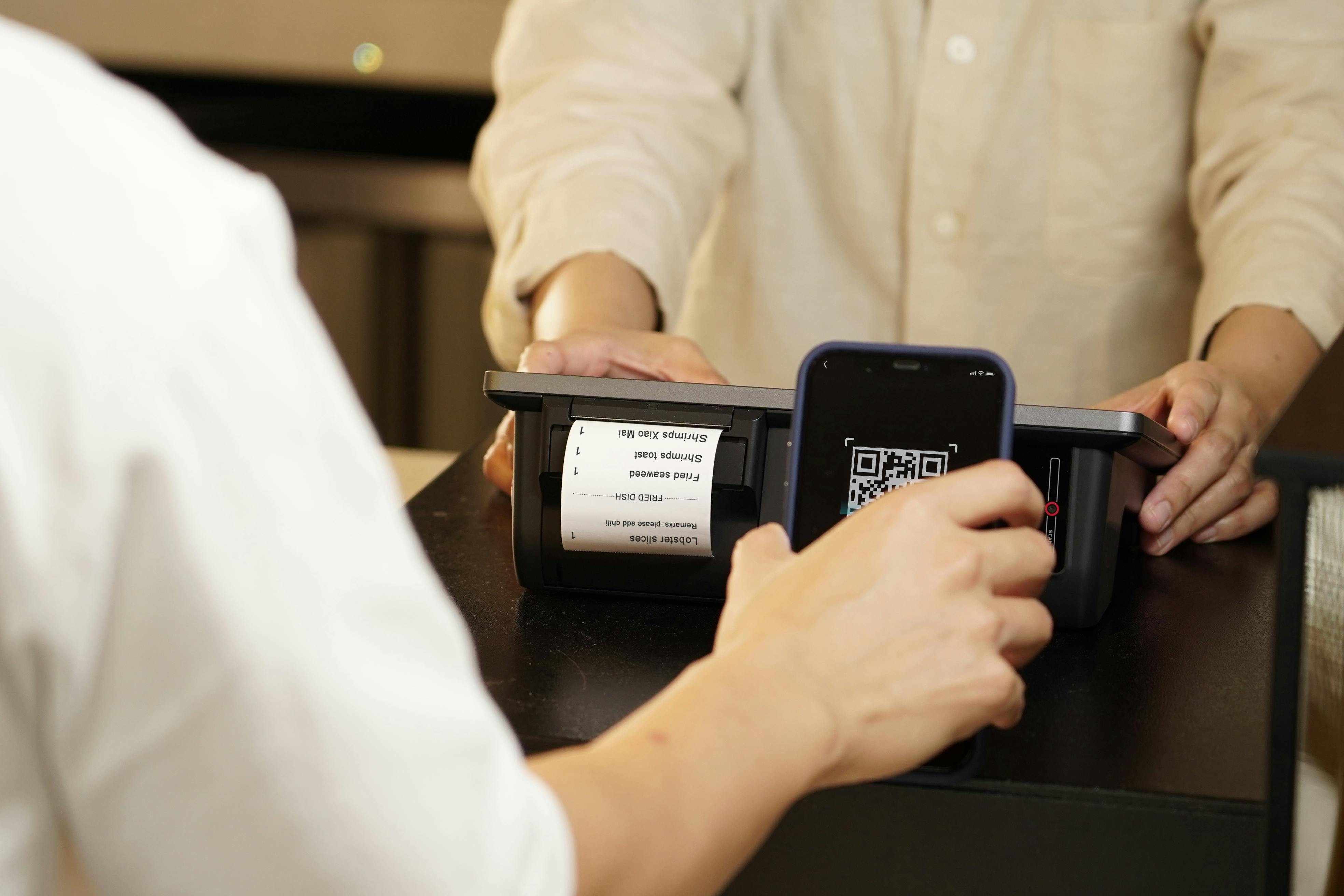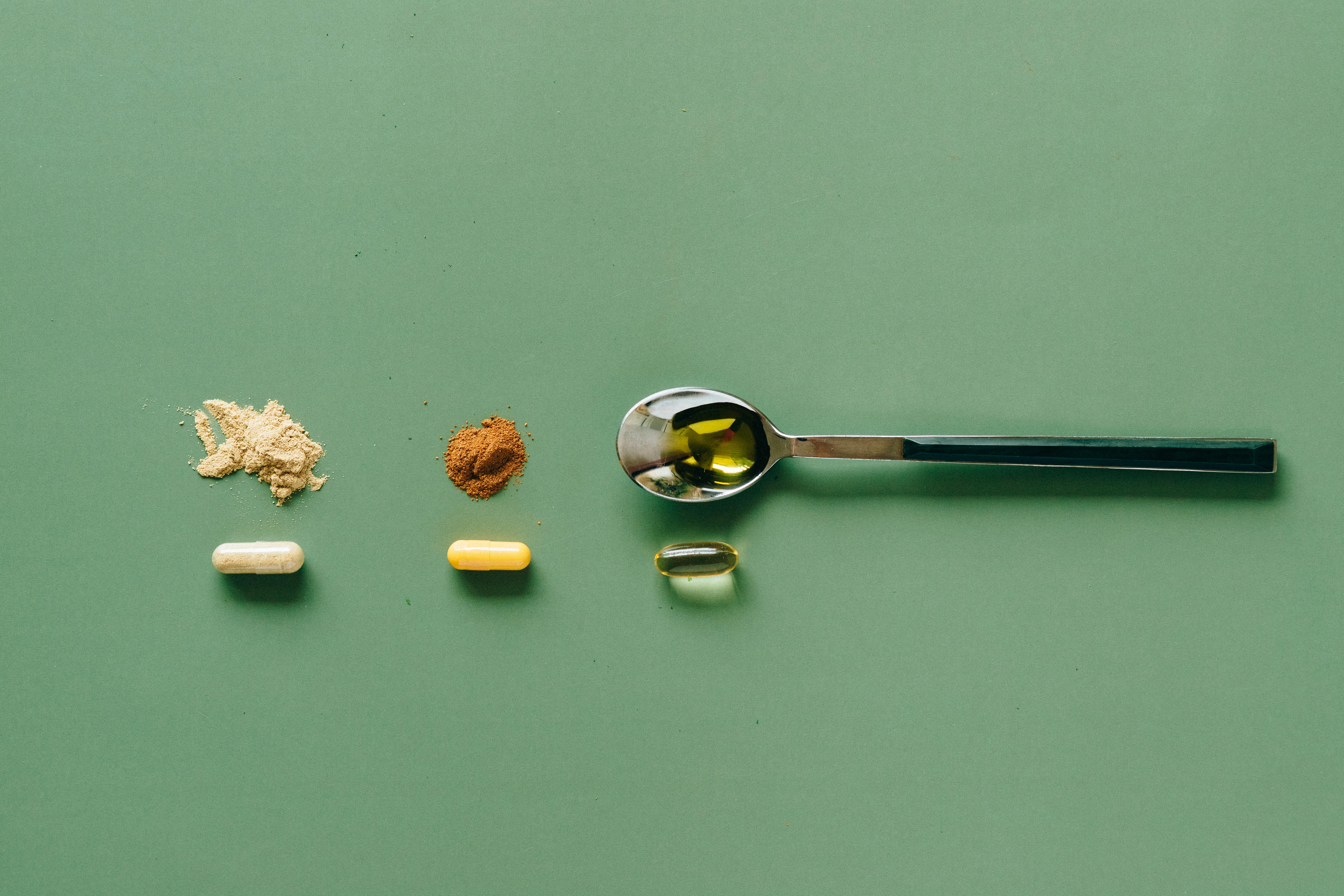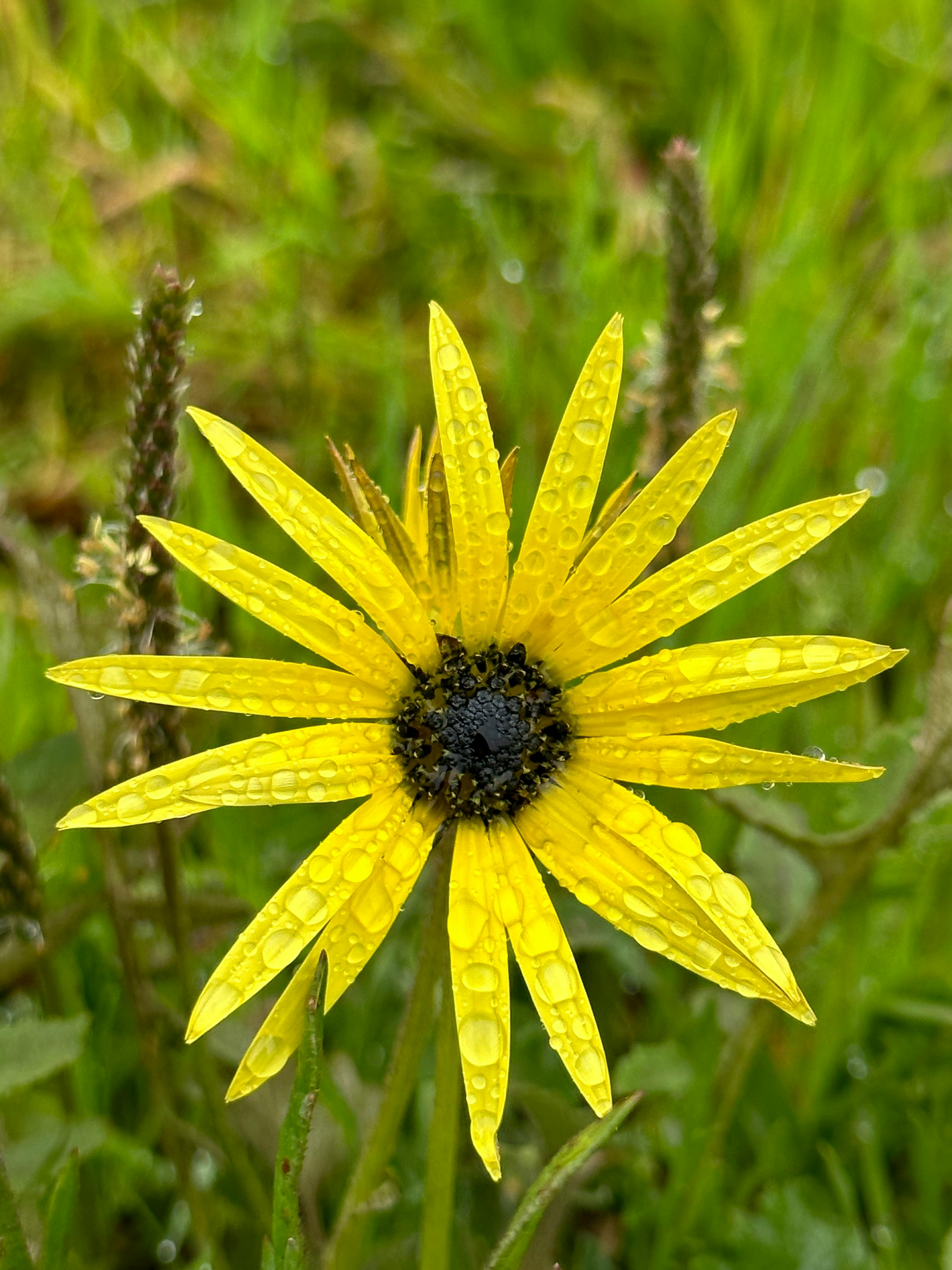Essential Guide to Understanding Pinworm Medication Durations in 2025
Pinworms are a common parasitic infection, particularly in children, causing significant discomfort and embarrassment due to anal itching and other symptoms. Understanding the duration of pinworm medications, their effectiveness, and how to manage treatments are vital for parents and caregivers. This guide aims to clarify the treatment landscape for pinworm infections, covering both prescription and over-the-counter (OTC) options, as well as proper hygiene practices to avoid reinfection. By the end of this article, you will have a comprehensive overview of pinworm treatment durations, associated medications, and practical advice on caring for loved ones afflicted by this common infection.
Key takeaways include:
- Duration of treatment options and expected timelines for symptom relief.
- Importance of follow-up care and ongoing hygiene practices.
- Common misconceptions and expert recommendations on managing infections.
Understanding Pinworms and Their Lifecycle
Before diving into treatment durations, it's essential to understand what pinworms are and how they affect the body. Pinworms, scientifically known as Enterobius vermicularis, are small, thin white worms that inhabit the intestines. They primarily spread through ingesting their eggs, which can survive on surfaces for a prolonged period.
Life Cycle of Pinworms
The pinworm's lifecycle begins when eggs are ingested or inhaled. These eggs hatch in the intestines, and adult worms reside in the colon, primarily around the rectal area. Females lay their eggs around the anus, often at night, leading to nocturnal itching—a primary symptom of pinworm infection. Understanding this lifecycle is crucial for implementing effective treatments and preventing reinfection.
Symptoms of Pinworm Infection
Common symptoms include intense anal itching, irritability, and difficulty sleeping. Parents may notice their child displaying signs of discomfort, leading to repeated scratching of the anal area. In some cases, these symptoms could be mistaken for mild allergies or other infections, making it essential to seek medical advice for proper examination and diagnosis.
Transmission Routes and Risks
Pinworms are highly contagious, particularly in shared living environments such as households and schools. Understanding the transmission routes—primarily the ingestions of eggs from contaminated surfaces or personal items—is vital in preventing outbreaks. Regular washing of hands, bedding, and clothing can significantly reduce the risk of infections.
Treatment Options and Duration
When it comes to treating pinworm infections, medication options can vary, including over-the-counter remedies and prescription medications. These treatments are designed to eliminate adult worms effectively and break the lifecycle of pinworms.
Over-the-Counter (OTC) Treatments
OTC medications, such as pyrantel pamoate, are commonly used to treat pinworm infections. They work as an anti-parasitic agent, paralyzing the worms, which are then expelled from the body through normal bowel movements. The typical duration for relief from symptoms after taking OTC medication usually ranges between a few hours to several days, depending on individual body response and adherence to prescribed dosages.
Prescription Medications
For more severe cases, healthcare providers may prescribe vermifuge medications like albendazole or mebendazole. These are highly effective and target the worms more aggressively. The expected timeline for these medications to begin working generally sees symptom relief within 1-2 days, with full effectiveness typically realized within a week. It's essential to follow up with your healthcare provider to evaluate treatment success.
Timing and Dosage Instructions
Correct timing and adherence to dosage instructions are vital for the effectiveness of any pinworm medication. Many treatments require a second dose two weeks after the initial treatment to ensure eradication of any remaining larvae. Following these guidelines closely can help avoid complications or reinfections.
Managing Symptoms and Aftercare
Alongside medication, managing symptoms effectively while being mindful of aftercare practices is crucial in overcoming pinworm infections. Keeping the anal region clean and dry is essential to minimize itching and discomfort.
Hygiene Practices to Consider
Implement robust hygiene practices such as regular handwashing, especially after using the restroom and before meals. Ensuring cleanliness in shared environments and educating family members about pinworm prevention can significantly reduce the risk of reinfection. It’s also advisable to wash bedding, pajamas, and towels frequently in hot water to eliminate any lingering eggs.
Diet and Nutritional Support
A well-balanced diet can support the immune system during recovery. Including fiber-rich foods may help facilitate smoother bowel movements, aiding in the expulsion of dead worms. Maintain hydration and ensure regular meals to foster overall well-being.
Follow-Up Check and Communication with Healthcare Providers
It is recommended to schedule a follow-up appointment with your healthcare provider to evaluate treatment effectiveness and discuss any recurring symptoms. Open communication regarding treatment experiences and measurable progress will help address any ongoing health concerns.

Preventing Reinfection: Strategies and Tips
To effectively prevent pinworm reinfections, focused strategies must be implemented in daily routines. Understanding common risks and managing environments can greatly aid in maintaining the health of both children and adults.
Education on Personal Hygiene
Teaching children proper handwashing techniques—using soap and warm water—after restroom visits and before eating is critical. Understanding these practices fosters lifelong habits that significantly reduce the prevalence of infections.
Creating a Hygiene-Oriented Environment
Regular cleaning of shared spaces, especially in households with children, plays a substantial role in preventing the transmission of eggs. This includes frequent vacuuming, wiping down surfaces, and ensuring that nails are kept short and clean.
Community Awareness Campaigns
As part of larger public health initiatives, communities can host awareness campaigns that educate families about pinworm infection symptoms, hygiene practices, and available treatments. Such efforts help reduce stigma surrounding the infections and promote proactive health measures.

Frequently Asked Questions about Pinworm Treatment
How long after medication will pinworms die?
After taking prescribed medications, pinworms generally begin to die off within 1-2 days. However, symptoms may take a little longer to resolve. Adhering to the recommended follow-up treatment is essential for complete infection eradication.
Are there any side effects associated with pinworm medication?
Some individuals may experience mild side effects, such as nausea, abdominal pain, or headaches. These typically resolve quickly; however, consulting with a healthcare provider is crucial if severe symptoms occur or persist.
What are the signs of reinfection?
If symptoms such as anal itching or irritability reappear after treatment, this may indicate reinfection. Maintaining hygiene and following treatment protocols can prevent this from occurring.
Conclusion: Taking Charge of Pinworm Infections
Managing pinworm infections, particularly in children, requires a multifaceted approach that combines effective medications, robust hygiene practices, and consistent communication with health care providers. By educating oneself on treatment options, understanding the lifecycle of pinworms, and implementing preventive measures, families can significantly enhance their chances of overcoming these infections and maintaining a healthy environment.
